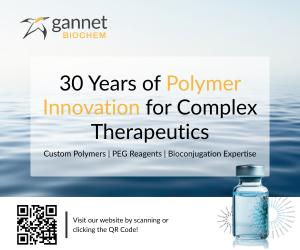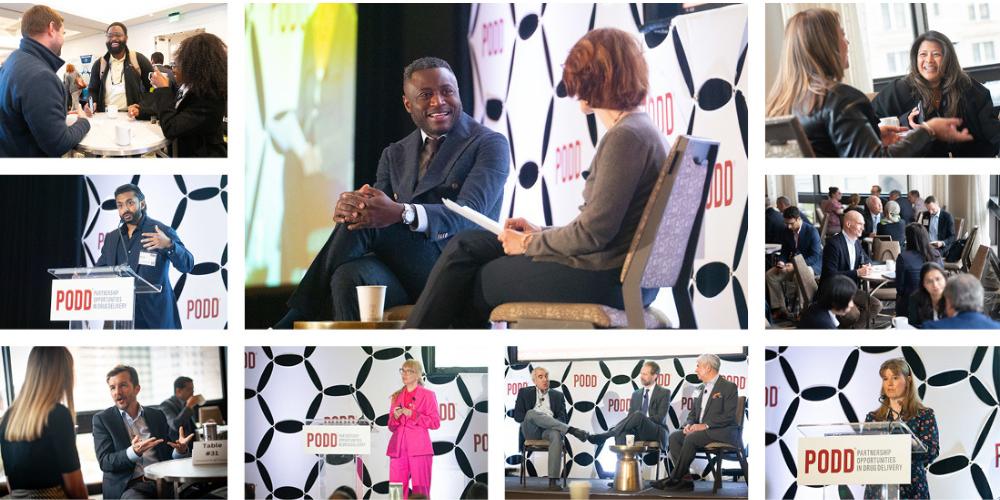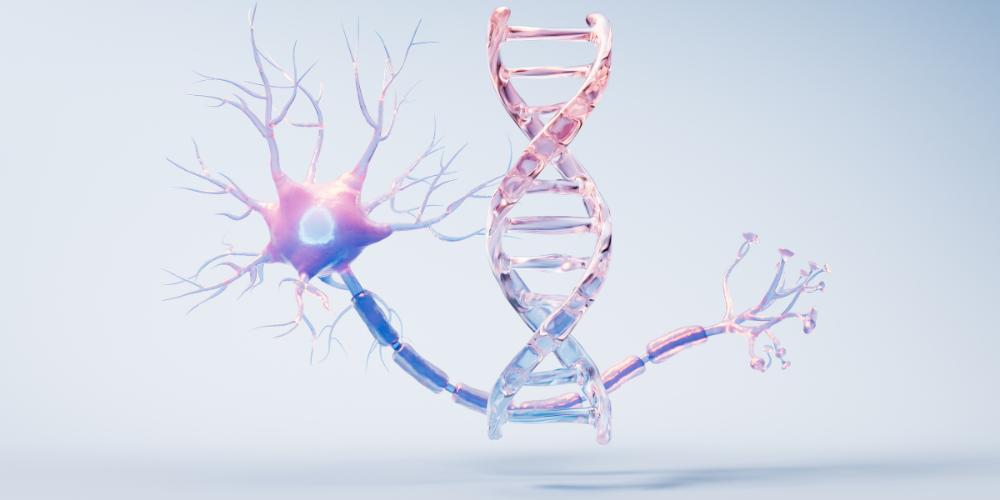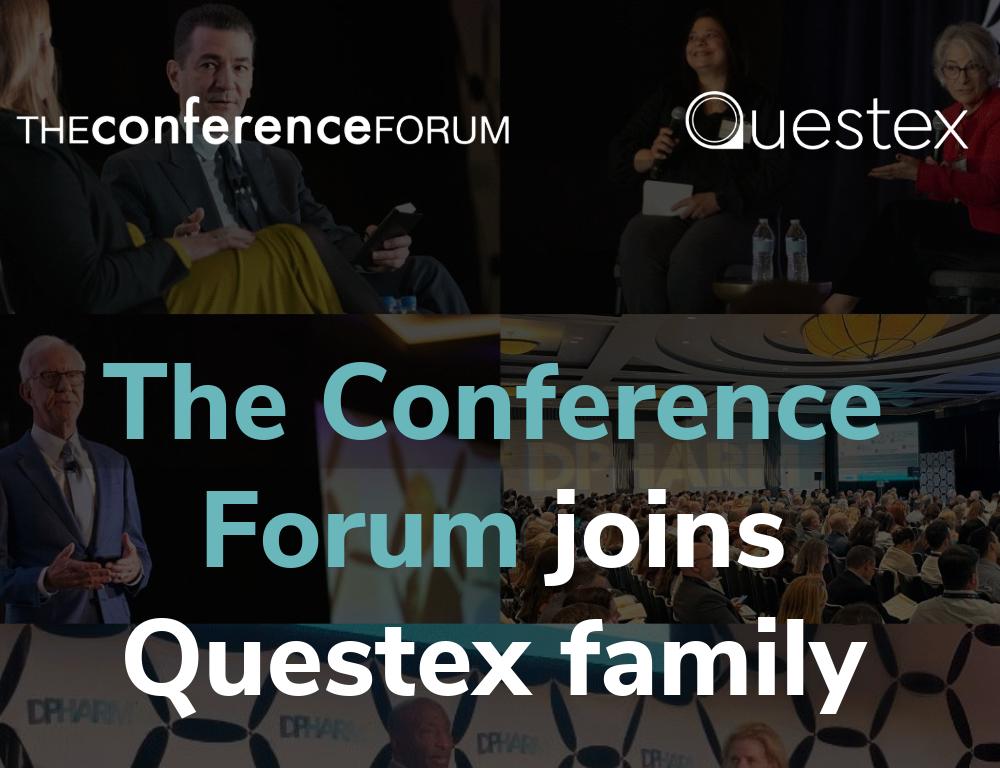
Annette Bak, PhD is the Head, Advanced Drug Delivery, Pharmaceutical Sciences, R&D, at AstraZeneca.
What are you focusing on now in your work?
I lead the Advanced Drug Delivery department within Pharmaceutical Sciences, BioPharmaceuticals R&D, at AstraZeneca. It’s a unique department; we’re focused on drug delivery formulation and analytical development from discovery to Phase II for new modalities. Recently, we also added preclinical development for small molecules to my group’s remit.
I’ve been at AstraZeneca since 2016. It’s been an exciting time. Some of the accomplishments I’m most proud of are the new modality formulations for clinical studies, for example our VEGF mRNA for cardiac regeneration candidate, and building intracellular drug delivery capabilities. It’s been a busy four years. I’m proud of the fact that I built the department from less than 30 when I joined, to more than 70 currently, and we’re still recruiting today.
Before I joined AstraZeneca, I worked at Merck & Co and Amgen in the US, as a leader of drug delivery and formulation sciences teams.
What are the challenges and opportunities in your work today?
First and foremost, cell- and tissue-targeted delivery. If you look in the science community, significant advances are being made. It’s really about achieving therapeutic concentration at the target while minimizing side effects. At AstraZeneca, we’re developing a range of formulations, such as nanoparticles, both passively and actively aimed at this effort. We have a series of polymeric nanoparticles that are being investigated to target tissues. We also have lipid nanoparticles that we are researching to target cells and intracellular delivery. Much of this is captured in key publications in peer review journals.
"For the first time in my career, I’ve actually built a cell biology team in a pharmaceutical science and drug delivery context, for the purpose of studying intracellular trafficking."
As you look back over your career, are there projects that were particularly difficult that you’re very proud of the work you did?
It’s a difficult question from the perspective of actually selecting a specific project. Science, drug discovery, delivery and development are challenging, which is what attracted me to the area.
I mentioned intracellular drug delivery capabilities. Having that formalized into a team is fairly unique; it was challenging, as well as exciting, to do that at AstraZeneca. For some context, I’m a classically trained pharmaceutical scientist with a background in oral delivery of peptides. Peptides and small molecules are mainly what I worked in until I joined AstraZeneca. But when I joined – and coincidentally what attracted me to the position – was that the team was responsible for nucleotide-based therapeutics and gene therapy. They work in the cell.
For the first time in my career, I’ve actually built a cell biology team in a pharmaceutical science and drug delivery context, for the purpose of studying intracellular trafficking. Challenging and exciting and something I’m very proud of.
Is there anything coming down the pipeline in drug delivery that’s exciting to you?
I mentioned cell- and tissue-targeted delivery. I think the science community is making progress. But I do think we need to become better at getting the drug to the target.
There are various efforts in the science community; in my team at AstraZeneca, Advanced Drug Delivery, we’re using nanoparticles. We put targeting moieties on them in order to achieve that objective. Other teams at AstraZeneca are using viruses and other biological delivery systems. We need to continue to improve on getting the drug to the target without hitting other targets, cells and tissues.
Another thing that I personally am quite excited about is alternate delivery routes for biologics. The classical administration route for large molecules is injectable. That may not be the most convenient, nor give rise to patient compliance. Many people right now are looking at oral delivery of these large molecules.
Developing these oral products by protecting them against enzymes and extreme pH values in the stomach, and facilitating the absorption from small intestine into the bloodstream is required – classical technologies such as permeation enhancers have been around for decades, but there are also many new exciting options being explored at AstraZeneca and in the scientific community. I think this will be an actively developing field.
I would also say advances in small molecules, which is the classical modality and has been around for centuries, excites me. There are still many drug delivery challenges to be resolved. Those of us who have worked with small molecules for a long time, we’ve always worked on solubility-limited absorption. A number of small-molecule drugs, even today, are suffering from poor solubility, which can prevent optimal absorption.
Five, ten years ago, amorphous dispersions, basically redefining the solid state of the molecule from crystalline to amorphous and dispersing it in a polymeric matrix, became popular to solve the issue. There are still many new exciting technologies to be explored in this area.
Another thing is that many targets require certain exposure to give an optimal effect. Therefore, the scientific community is concerned with modified or controlled release. I’m seeing that across the R&D continuum, because introducing modified releases earlier may also help assess the suitability of a target for the therapeutic purpose.
What is advice you’ve found particularly helpful?
What I’d like to share is something that I’ve learned from my own career path. Of course, I learned it with advice from others. It’s something I quite frequently pass onto both my mentees as well as people more formally reporting to me.
Follow your passion. If I look back on my own career trajectory, when I was young I considered medicine or veterinary medicine, based on my general perceptions of what was a desirable career. But I quickly discovered that pharmaceutical sciences was much better aligned with my skills, traits and interests. Based on my own learnings, as well as from managing people across three large pharmaceutical companies, I’ve seen that it’s all too easy to go in the direction of what you ought to do. When I look at these experiences, both personal and professional, I see that success, and therefore the science impact, comes from getting to know yourself, listening to yourself and finding out what you want to do and what you’re passionate about. You develop your career and you can do great things for science.
"Inclusion is what ripens the benefit of diversity. It’s what makes you comfortable to show up at work, or anywhere in life, as your authentic self."
You often emphasize inclusion in conjunction with diversity. Can you expand on that?
Diversity and inclusion are both central topics for career development. In my opinion, inclusion is the more important factor. A favorite quote of mine from Dr David Asai – he published a Nature article on the topic – is “Diversity without inclusion is an empty gesture.”
To put this in my own words: “Inclusion is what ripens the benefit of diversity.” It’s what makes you comfortable to show up at work, or anywhere in life, as your authentic self. It’s what makes your diverse input heard and incorporated.
If you’ve ever entered into a team with a prevailing majority, you may have gotten comments such as, “The way of doing this is XYZ,” or my favorite, “The leadership style to get this done is XYZ.” Comments like these counteract the objective of diversifying the team.
To me, the important part to get right is inclusion. The best way is to engage with the debate as knowledge furthers the change. By today, we’ve actually experienced quite significant progress in the diversity area; it was accomplished by key leaders, women and men, standing up and talking about the issue. We need to do the same for inclusion.
Are there other ways you encourage the conversation around gender equity in the workplace?
In terms of gender equity, and diversity and inclusion, we’re in a very exciting time. We’re making progress and we now need to keep the momentum. The best way of doing this is to have continuous discussion. And showing up and authentically talking about the issues that you encounter yourself, how they were resolved, and how to ensure that others will not encounter the same issues moving forward.
It needs a range of efforts. What I do is try to make contributions broadly. In the workplace, we have Women in Science events at AstraZeneca; I’m leading some of them. You’ll see me in my professional societies, such as AAPS, where we have the Women in Pharmaceutical Sciences symposia. I’ve done events at ACS, where we have Women in Chemistry events. I’ve also done Women Power Hours at Gordon research conferences.
It’s important not to forget social media. You’ll see
me be quite active on this topic on social media.
It’s important to have a range of channels; you may
reach different audiences with different channels.








